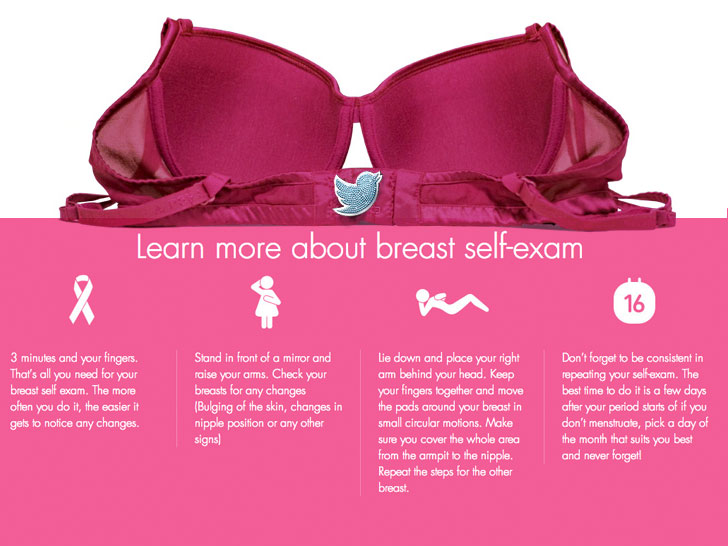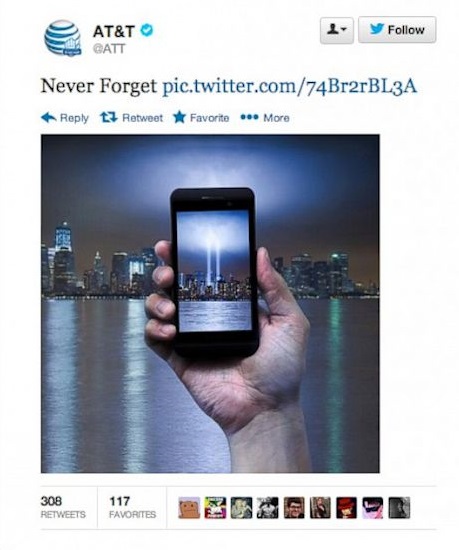For the marketing project, my group decided to choose Groupon. In the very beginning, I was the one in the group who probably had the least knowledge of Groupon as I am not a user of Groupon. However, this project really helped me get to know this company. As a group, we were able to apply marketing concepts such as the analyzation of Groupon’s competitors and consumers (immediate environment). Through the different assignments, our group did quite a good job at completing it on time. However, for our assignment 1, we were so concentrated on trying to cut down the number of words we had that we forgot to analyse the facts that we’ve gathered together, So that was a fail on our part.
After the first assignment, our work was mostly based on collaboration rather than each individual finding their own information. We found this way of working to be helpful as we were able get immediate feedback for the ideas we presented to the group and we were able to quickly generate ideas. When it came to the video project, our group was struggling to decide on what we should do first. At the very end, we thought of a concept that everybody agreed on and we started from there. Though the challenging part of creating the video was deciding what the contents that our videos should include, we ended up overcoming this block and created, what I think, was a great video (from an amateur point of view).






